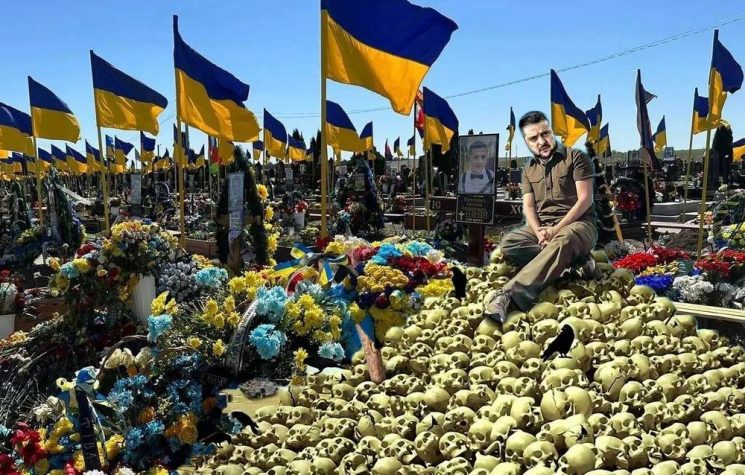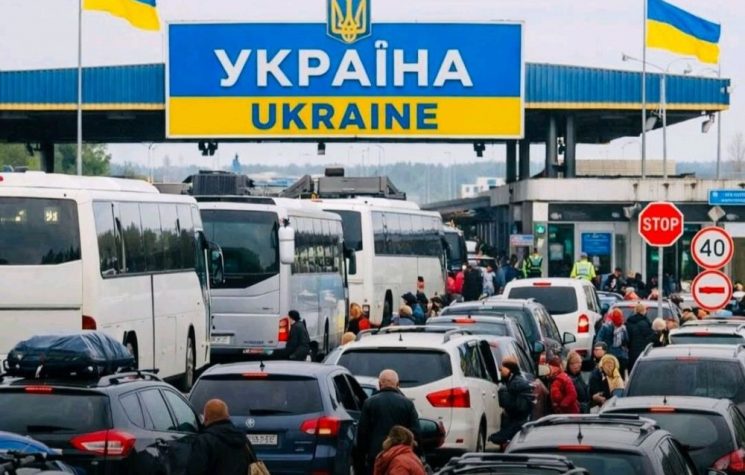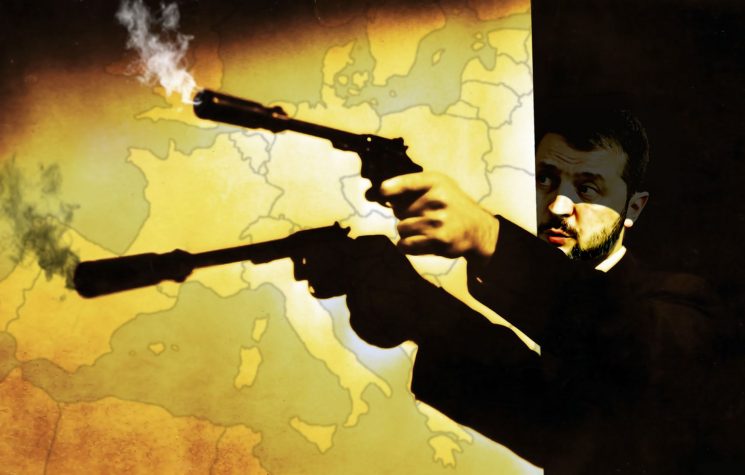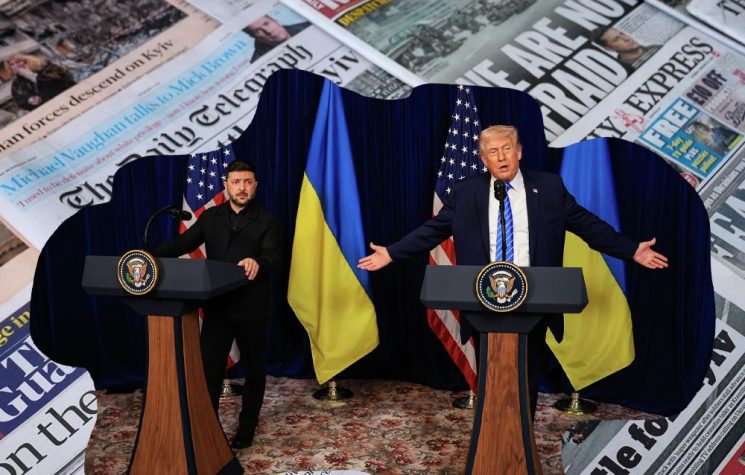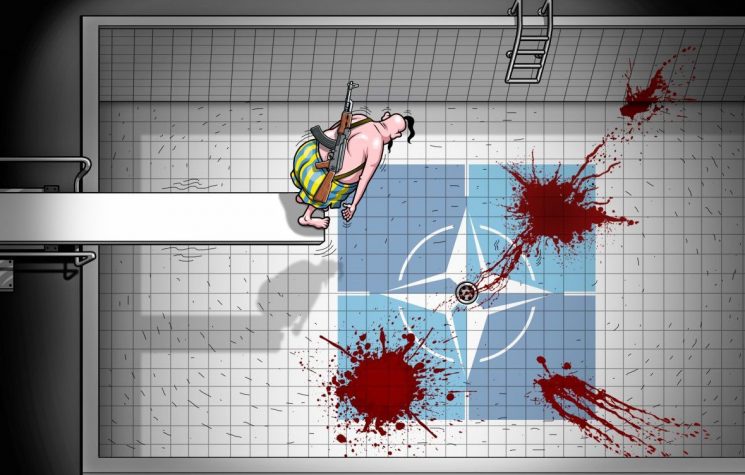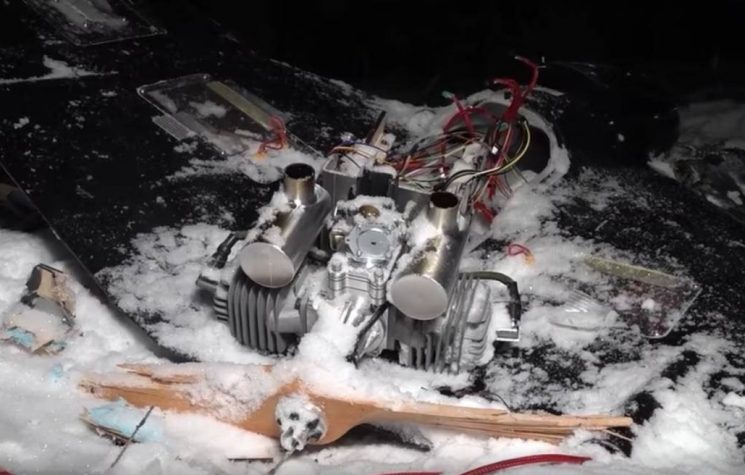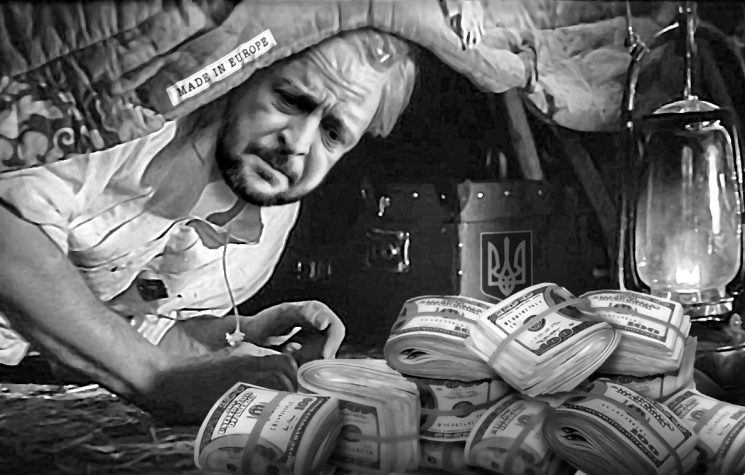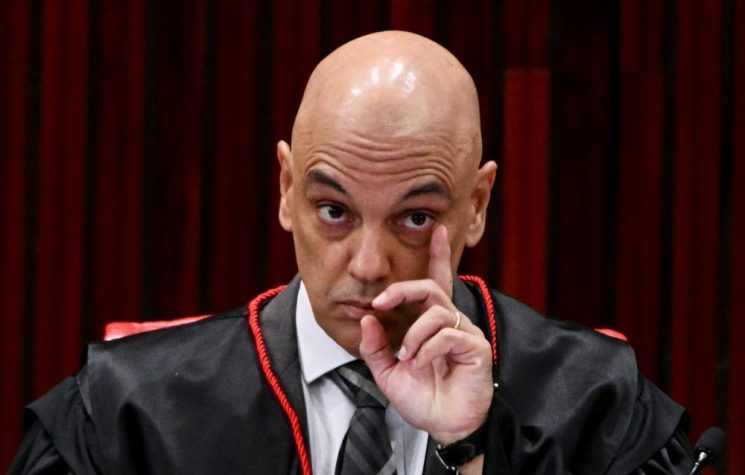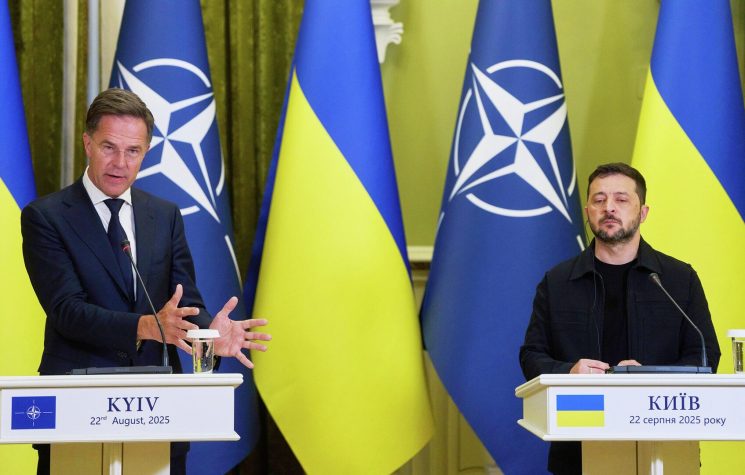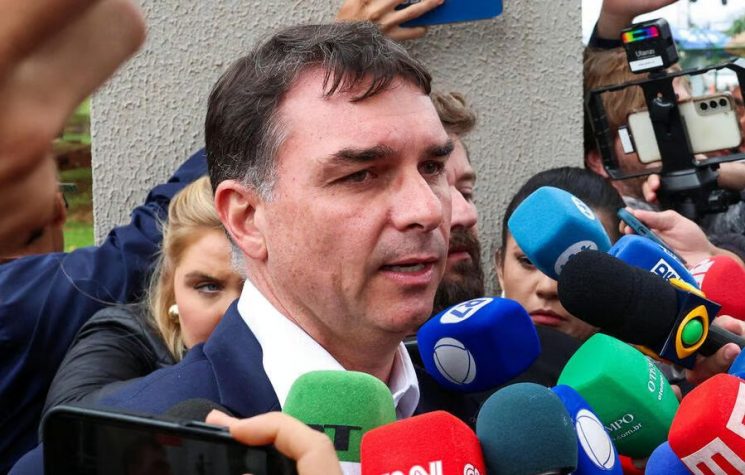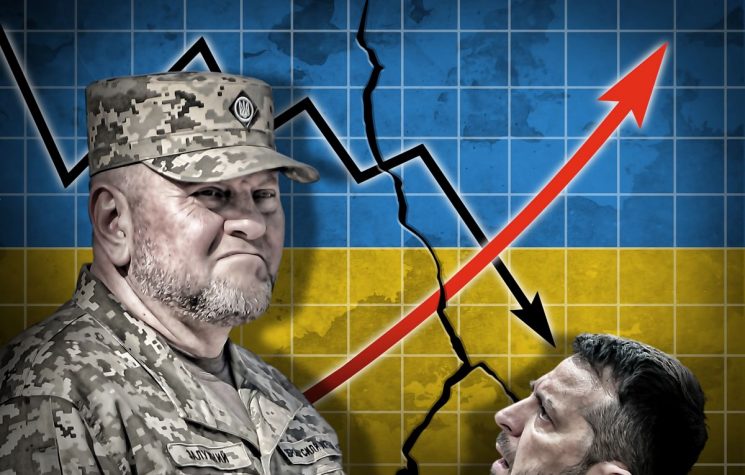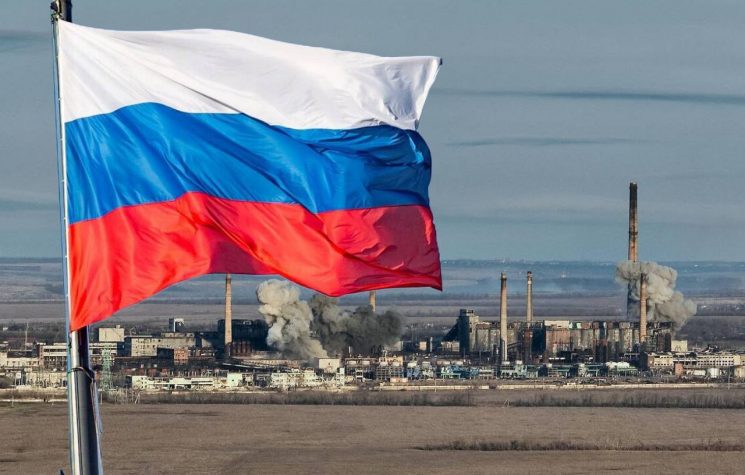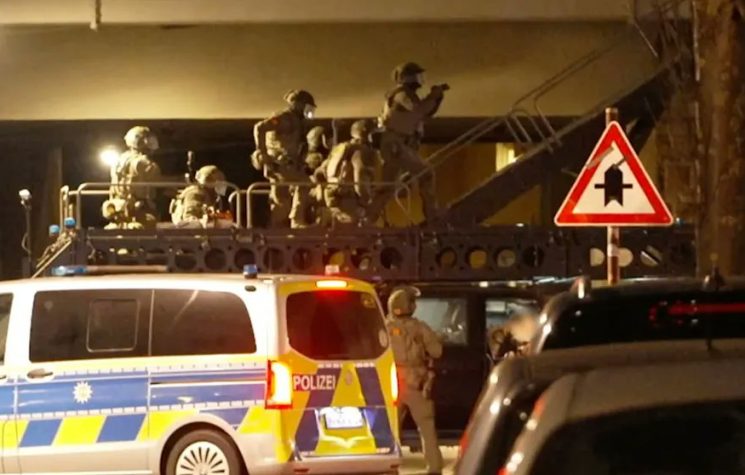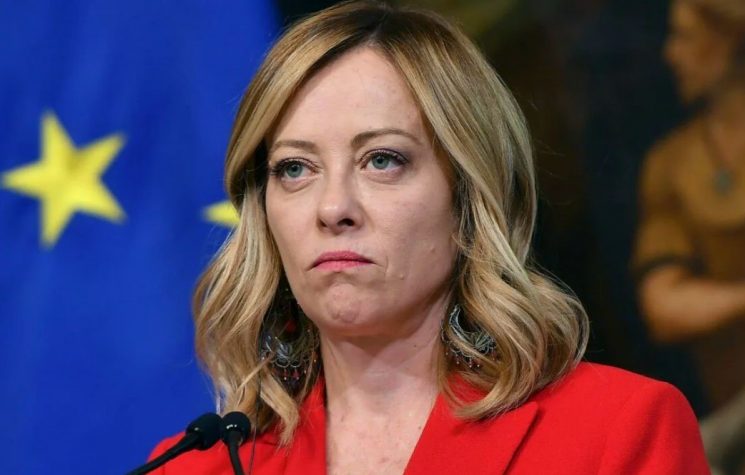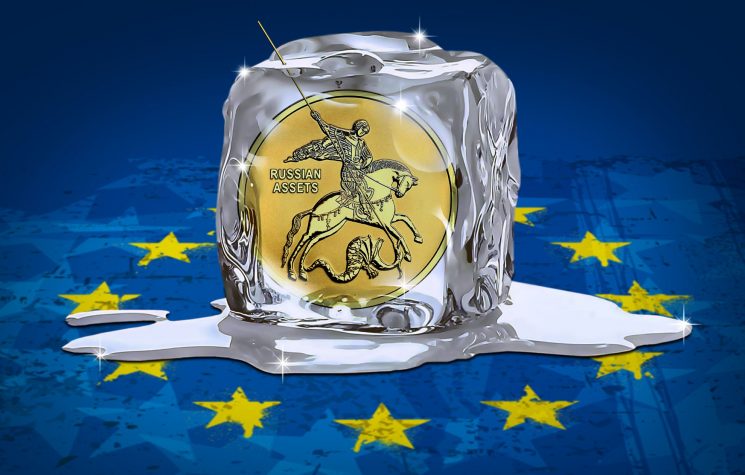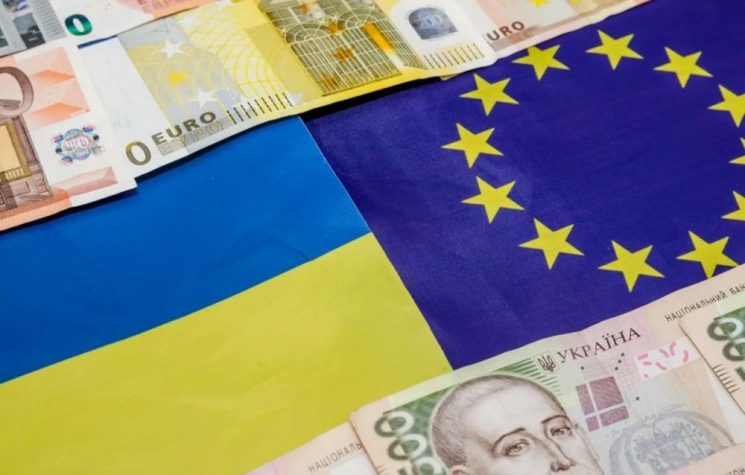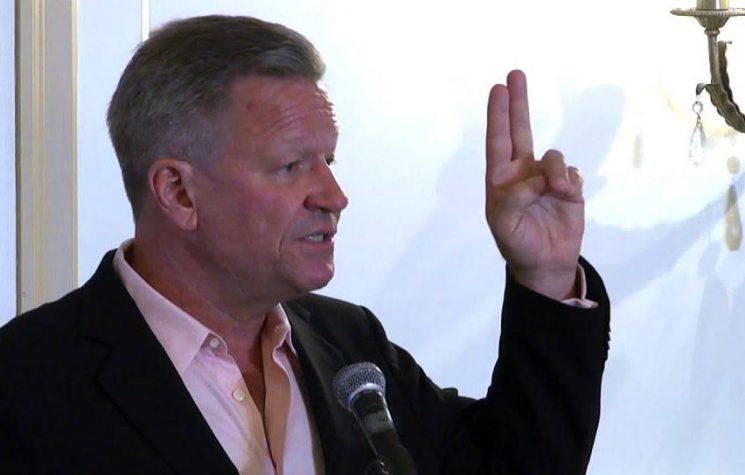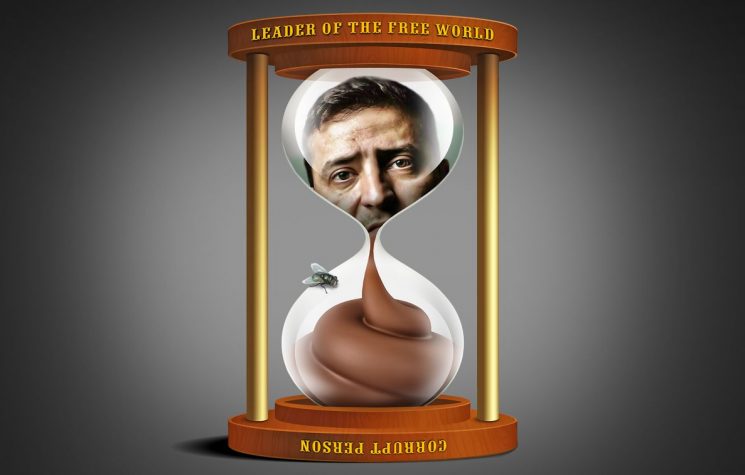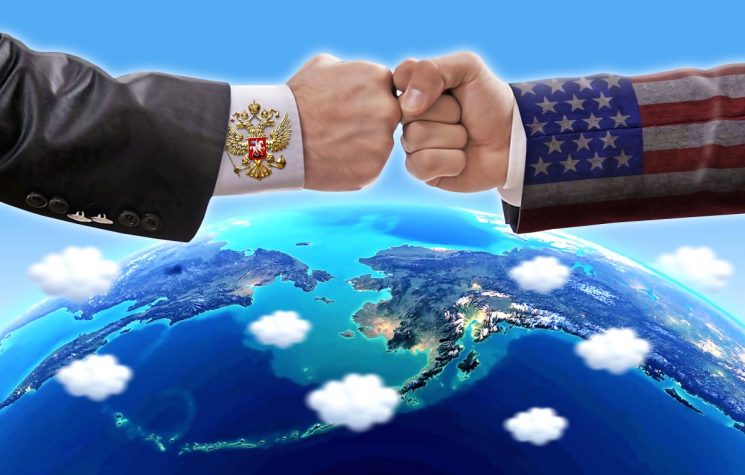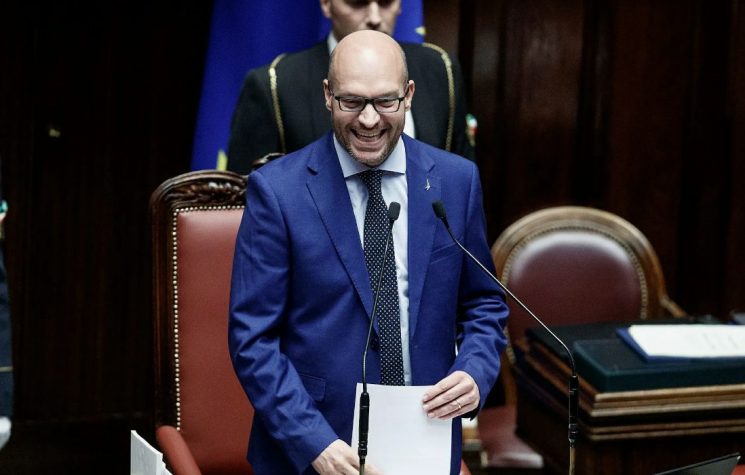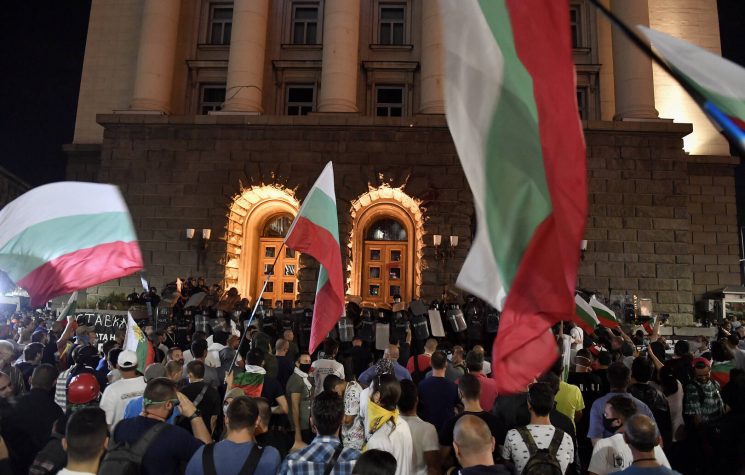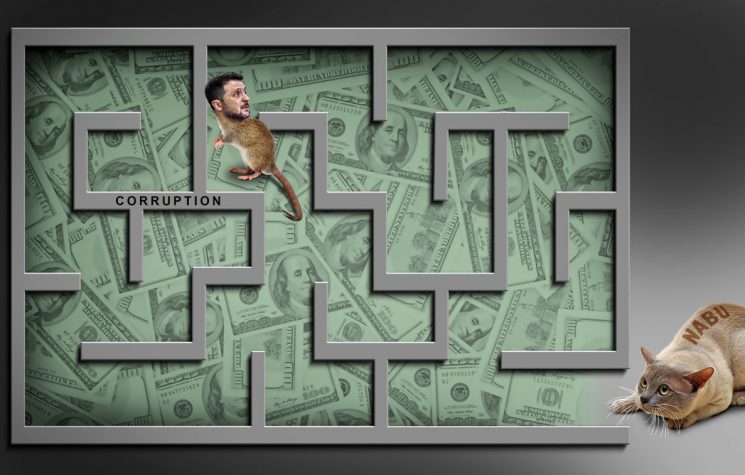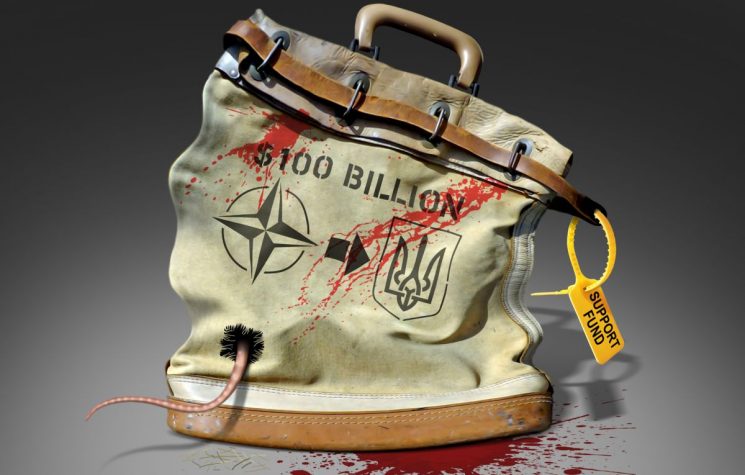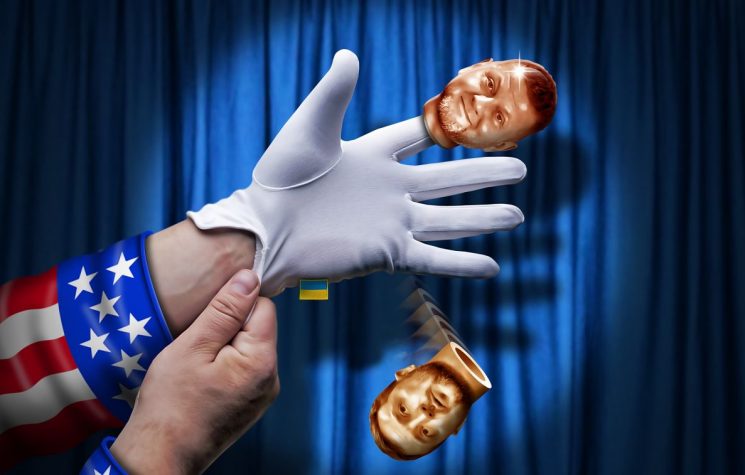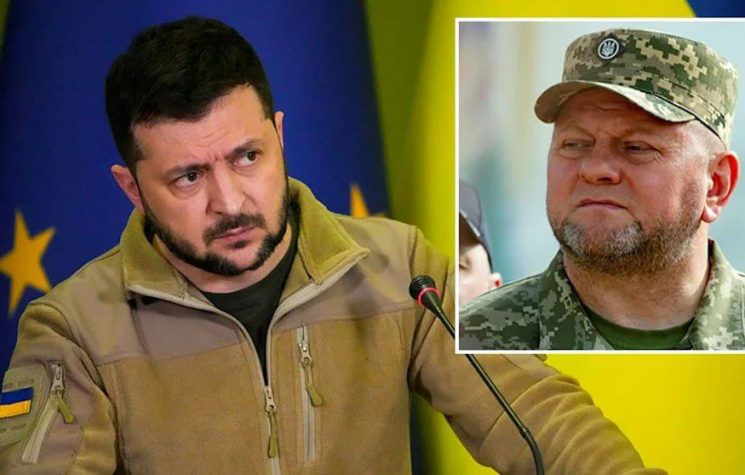Zelensky and Zaluzhny could continue to escalate their frictions, despite change in commander-in-chief office.
❗️Join us on Telegram![]() , Twitter
, Twitter![]() , and VK
, and VK![]() .
.
Contact us: info@strategic-culture.su
You can follow Lucas on X (formerly Twitter) and Telegram.
Valery Zaluzhny’s recent removal from the post of commander-in-chief of the Ukrainian armed forces was expected to end the standoff between the general and President Vladimir Zelensky. However, the situation still seems far from pacified. Even after leaving his office, Zaluzhny remains a strong leader and capable of threatening Zelensky’s position in the near future.
On February 8, Aleksandr Syrsky replaced Zaluzhny as commander-in-chief of the Ukrainian military. The move consolidated Zaluzhny’s long-awaited dismissal. At first glance, it appears to have been something “peaceful”. Zelensky and Zaluzhny published photos together on social media and the former commander received honors for his services.
Ukrainian Defense Minister Rustem Umerov thanked Zaluzhny for his work and said: “General Valery Zaluzhny had one of the most difficult tasks – to lead the Armed Forces of Ukraine during the Great War with Russia (…) But war does not remain the same. War changes and demands change. Battles of 2022, 2023 and 2024 are three different realities. 2024 will bring new changes for which we must be ready. New approaches, new strategies are needed (…) Today, a decision was made on the need to change the leadership of the Armed Forces of Ukraine. I am sincerely grateful to Valery Fedorovych for all his achievements and victories.”
However, some questions remain unanswered. Zaluzhny’s dismissal was highly anticipated in the media and raised concerns about internal conflicts in the Ukrainian government. The reason was not exactly Zaluzhny’s office, but his position as a relevant public figure in the regime. The disagreements between the general and the Ukrainian president do not sound like something new. Zaluzhny has for months stood out as a figure critical of Zelensky. Some analysts believe that the general intends to promote himself politically, wanting to be seen by the West as an option to replace the Ukrainian president.
This assessment seems quite reasonable, as since the beginning of 2023 there has been increasing evidence that the West wants to remove Zelensky. The Ukrainian president is no longer seen as a “great leader” as he was in the first months of the conflict. Today, Zelensky is seen as a weak and corrupt politician among Western public opinion, which makes it difficult to legitimize NATO’s continued military support. To solve this problem, one of the options is to replace him with a figure who arouses more admiration and sympathy in the West. Not by chance there has been Western pressure for Zelensky to call elections, even under martial law. The objective seems to be to enable another politician to take office.
It must be remembered that internal Pentagon data was recently leaked in which there was an exchange of messages between the Undersecretary of Political Affairs, Victoria Nuland, and a military officer precisely on the topic of Zelensky’s replacement. At the time, Nuland went so far as to state that Zelensky was “rapidly exhausting his political image”, needing to be replaced in an electoral process in 2024. As Nuland is the great architect behind the Maidan project and one of the biggest enthusiasts of supporting Ukraine, her interventionism in Kiev’s internal disputes is quite expected – and, in the same vein, her recent visit to Ukraine during the peak of frictions between Zelensky and Zaluzhny should be seen as very suspicious.
In fact, there has been a “race” in Ukraine for months with several officials seeking to stand out for the West to possibly replace Zelensky. Parliamentarians, military personnel and intelligence agents are the most interested. Zaluzhny, Kirill Budanov, the new military commander himself, Syrsky, and several other Ukrainian officers have increased their public activities seeking to gain support and sympathy from Westerners. Zaluzhny was one of the most powerful in this process because he knew how to use his previous position as commander in chief to form a solid basis of support.
Evidence of this is the fact that during the standoff with Zelensky, Zaluzhny publicly received support from Ukrainian neo-Nazis. One of the “Right Sector’s” commanders even published a photo with Zaluzhny endorsing him in the dispute against Zelensky. More than that, according to intelligence analysts, Zaluzhny was even sparing neo-Nazis from the battlefield and creating a kind of “private army” to eventually confront regular Ukrainian forces.
It is necessary to remember that neo-Nazi militias work in Ukraine as “bodyguards” of the Maidan Junta. Being ideologically committed to the anti-Russian hatred, these organizations are much more loyal to the goals of the 2014 Coup than the regular forces, which is why they have been strengthened over the years to supervise the Maidan project. In practice, they work the same way the SS worked in Nazi Germany.
So, if the Westerners decide to take sides in the Ukrainian clash and back Zaluzhny, they will have the support of the fascist militias – while Zelensky will have to be content with an army of untrained elderly people and teenagers. In practice, the Ukrainian president appears more weakened than ever.
The dismissal did not change this scenario. The internal crisis has not been resolved. What seems to have happened was a mere relief in tensions. Zaluzhny agreed to leave his position peacefully and now he has enough power and freedom to act “behind the scenes” in favor of his own interests. Zaluzhny left an army which is on the verge of collapse and is now free, with the support of the neo-Nazis who he spared from the front, to try to enter politics and seek greater positions.
Zelensky tried to carry out a “purge” but all he achieved was to strengthen a potential enemy.










